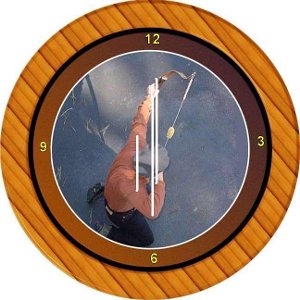
|
 Become a Trad Gang Sponsor |
 |
- Welcome to Trad Gang.
Theoretical release question ....
Started by buckeye_hunter, August 13, 2013, 04:18:00 PM
Previous topic - Next topic0 Members and 1 Guest are viewing this topic.
User actions
Copyright 2003 thru 2025 ~ Trad Gang.com © |
